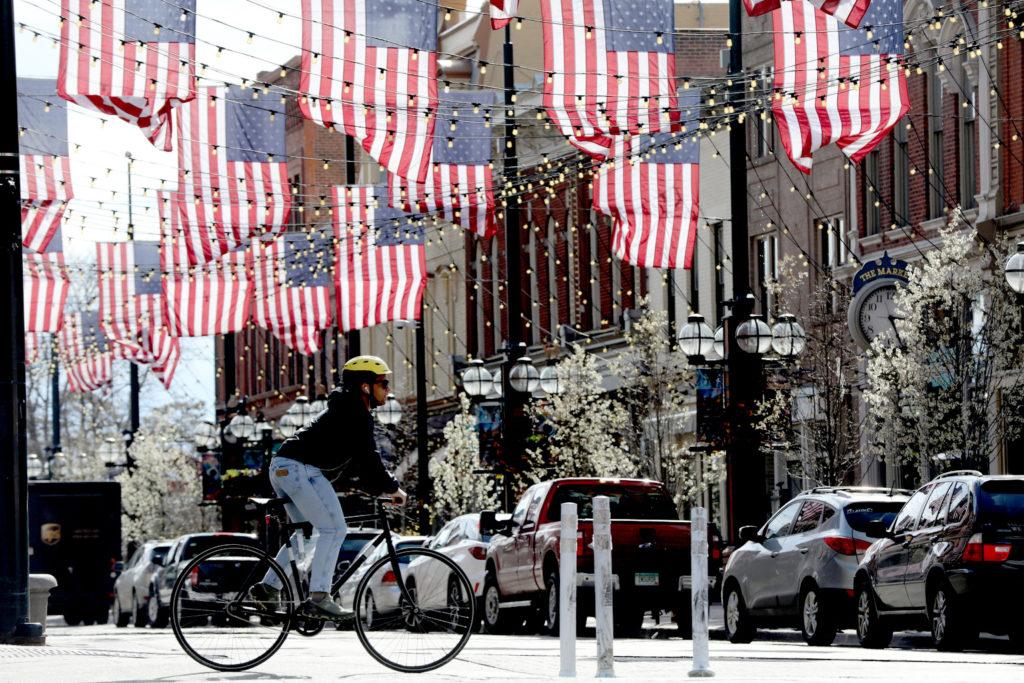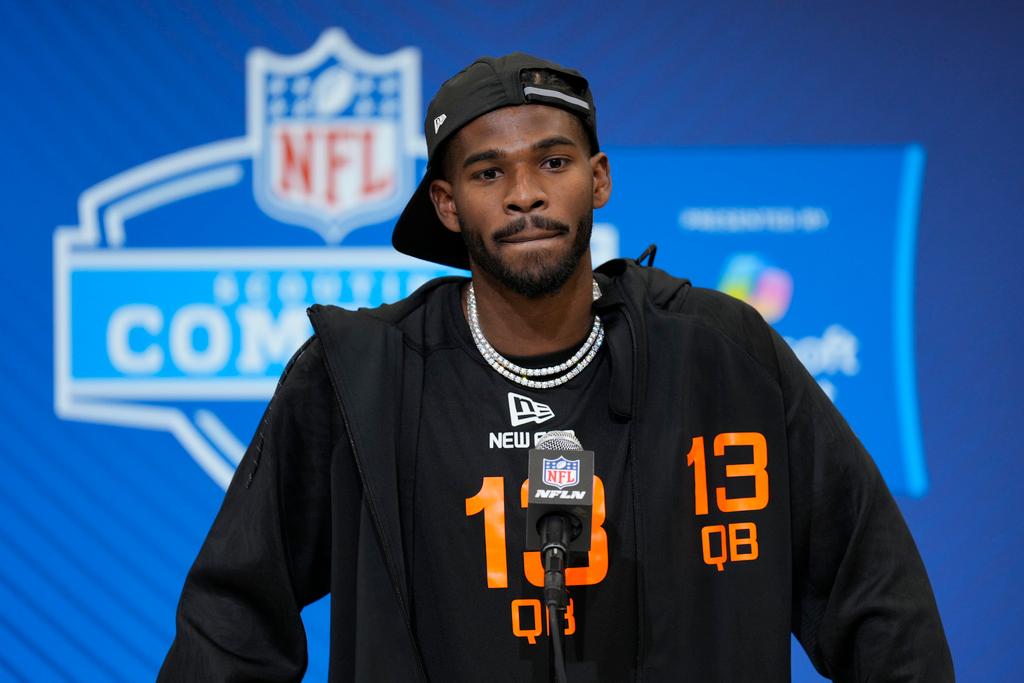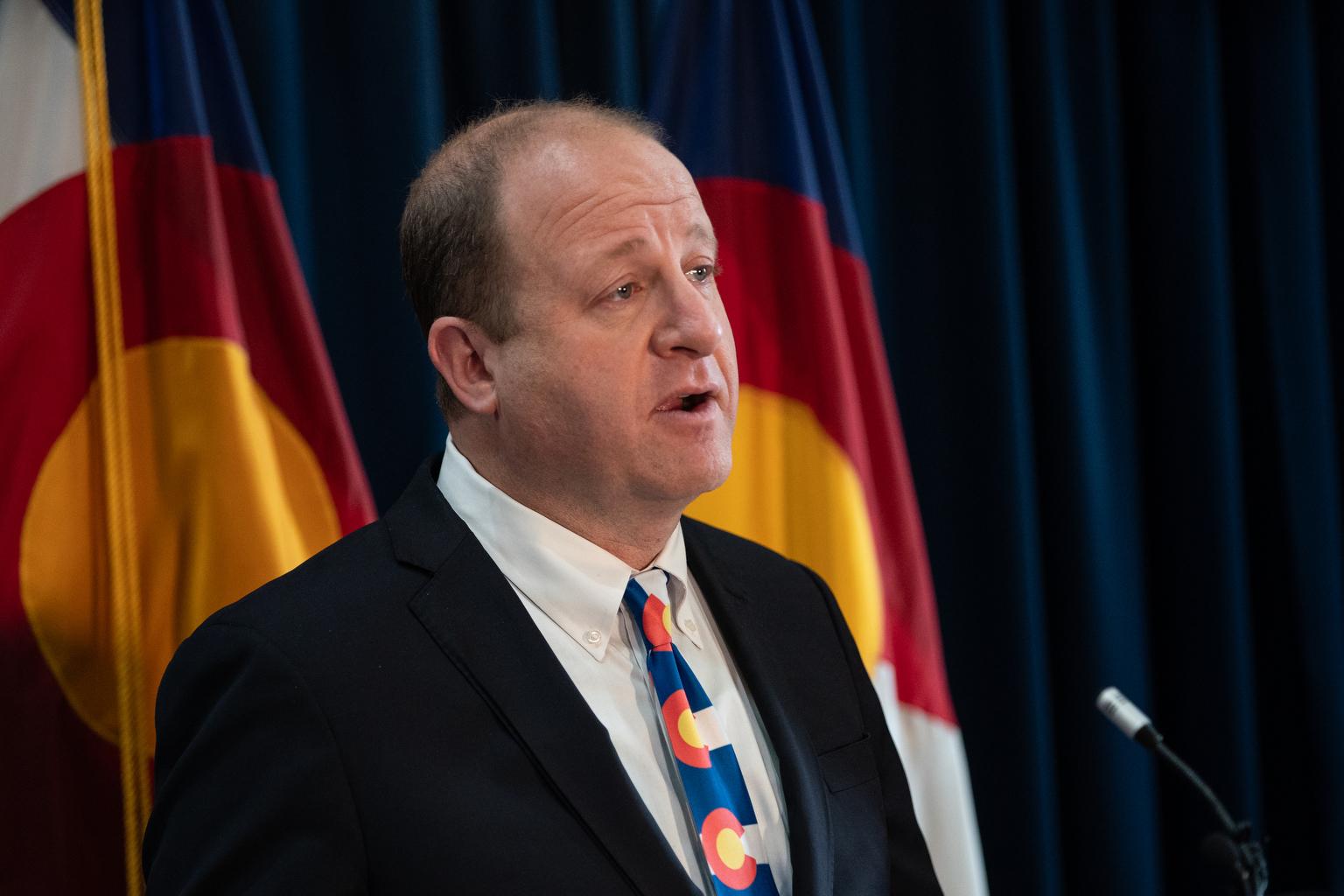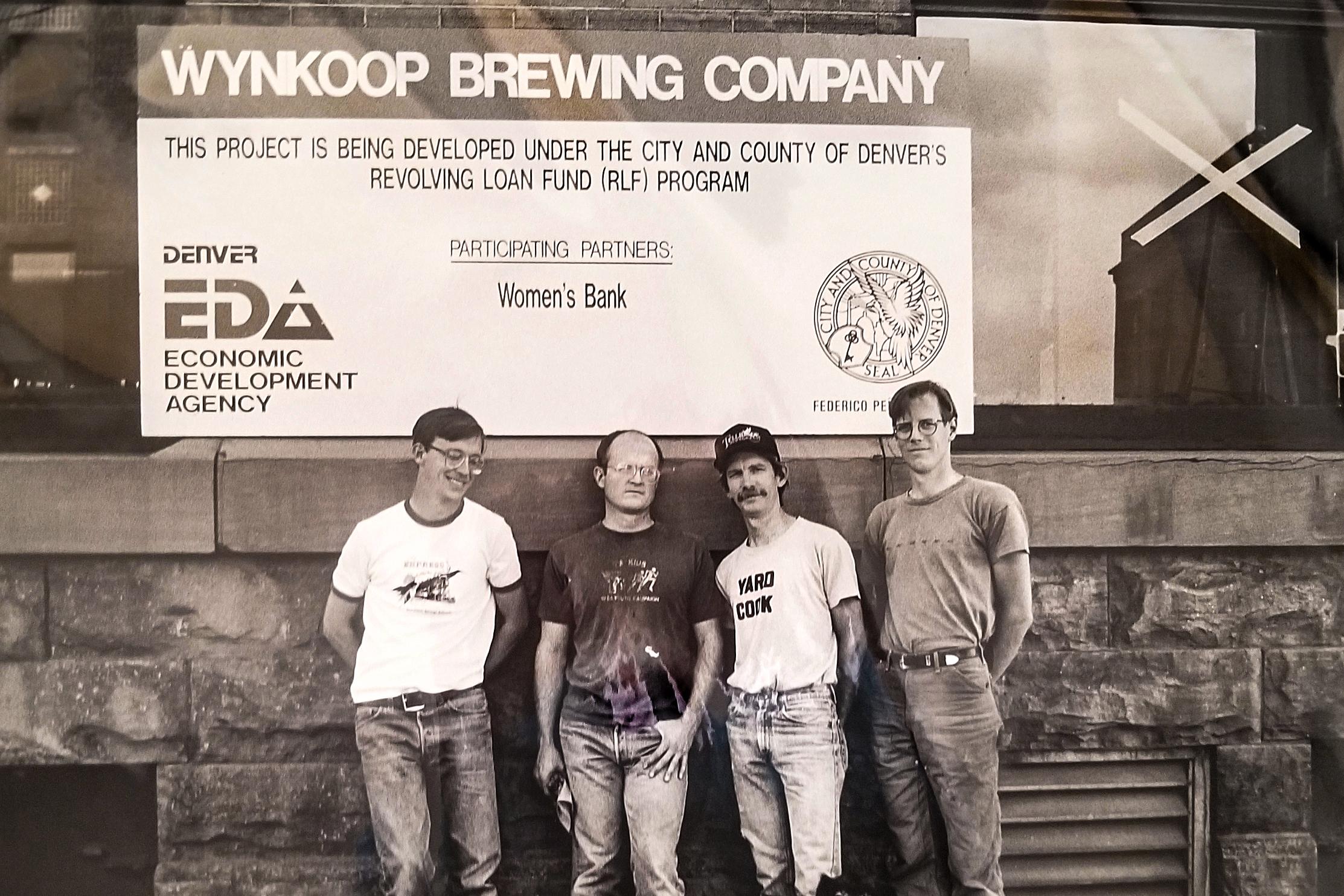
A lot has changed in Denver since the last time Major League Baseball’s All-Star Game was in town more than 20 years ago. Not the least of which is the area surrounding Coors Field.
In 1998, the city’s Lower Downtown neighborhood — or LoDo — was a decade into its rebirth. Abandoned warehouses were rapidly giving way to bars, restaurants and galleries by the time Major League Baseball first tapped Denver for its annual extravaganza. But the city’s oldest neighborhood was still evolving, and that transformation continues today.
Among the area’s original pioneers is John Hickenlooper — the current U.S. senator, former Denver mayor and Colorado governor, and erstwhile proprietor of the state’s first brewpub. He and his partners opened Wynkoop Brewing in 1988 — seven years before Coors Field was built just two blocks away — when it was still a desolate neighborhood.
“Our rent was one dollar per square foot per year, and that’s a reflection of how abandoned all of lower downtown was,” Hickenlooper said in a recent interview. “There was a giant parking lot out in front of Union Station and there was never anybody in that parking lot.”
There were just two Amtrak trains a day, according to Hickenlooper.
“It was all broken glass and rubble and acres of abandoned freight yards, but we kind of loved it because we were ... building a brewpub and nobody had ever seen that in Colorado before.”
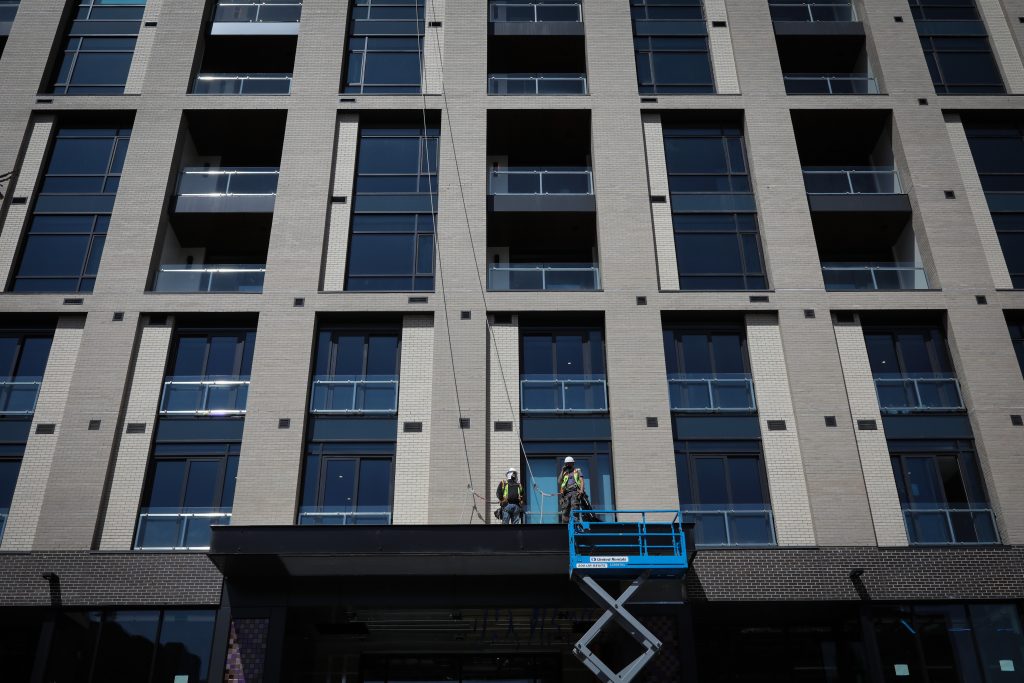
Of course, that’s all changed now. There’s plenty of brewpubs in Colorado. Union Station is a bustling transit hub. There are new bars and restaurants. On top of all that, there’s a shiny new mega-development with a high-end hotel, office tower and multi-million dollar condos on what used to be a parking lot next to Coors Field.
Even Hickenlooper, who was instrumental in bringing commuter rail to Denver during his tenure as Mayor, didn’t foresee a construction project of that scale rising on an old surface lot.
“I thought that would stay an open space for a long time. There’s hardly a single parking lot left in that whole 23 blocks of lower downtown .... We built on almost everything,” he said.
The area has seen its ups and downs in the past 20 years. At first, people weren’t sure they wanted a stadium in the middle of downtown. And the pandemic was a big blow to downtown businesses. Even now, with the city fully reopened and welcoming thousands of out-of-towners for the All-Star Game, it's not clear what happens next.
Patrick Walsh is the CEO of that mega development next to Coors Field, McGregor Square. The 650,000 square-foot project was announced in 2018. Much of it is up and running, including the hotel, a massive sports bar, a food hall and longtime LoDo staple the Tattered Cover bookstore, which just relocated there from its old spot a few blocks away.
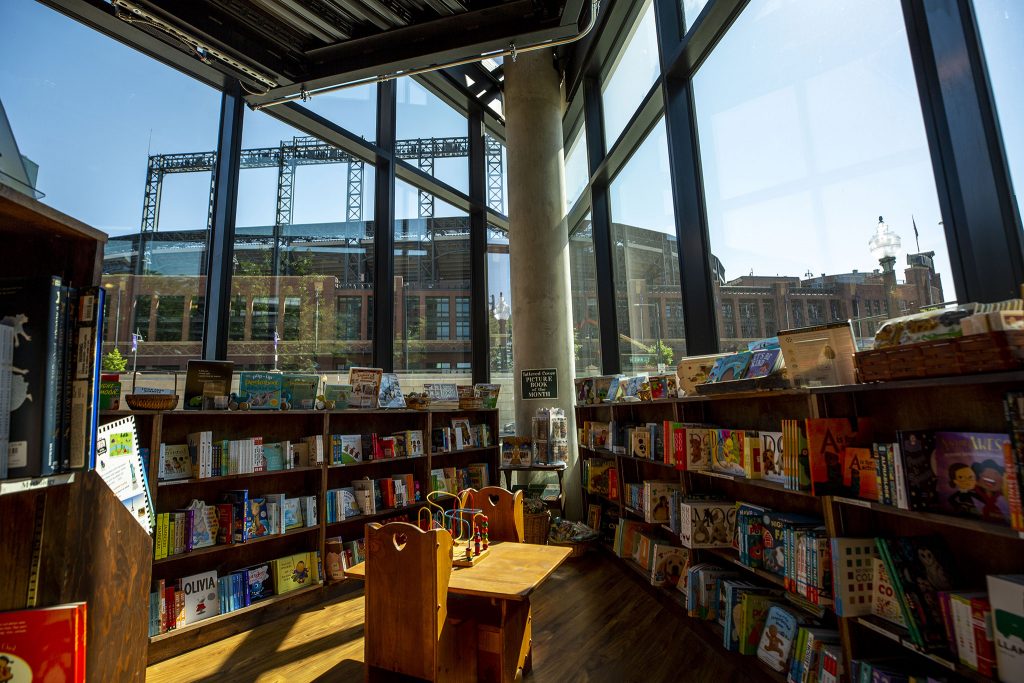
Walsh says it wasn’t easy pulling it all off during a pandemic.
“We were two or three months behind where we wanted to be, but with COVID, and with supply chain issues we had to deal with, we’re pretty happy with that ... all things considered,” Walsh said.
The office leasing hit some snags when companies sent workers home last spring. Finding a restaurant for the fine dining space has proved one of the biggest challenges given capacity constraints during the pandemic.
“The fine dining restaurant is the space that, with 50 percent capacity, just doesn’t work,” Walsh said.
Walsh says they recently found a tenant for the restaurant, though they’re not ready to announce it.
Nonetheless, McGregor Square definitely brings energy and buzz to the area. But at the same time, a lot of the businesses that were there for the early days in LoDo are gone now, and that leaves a hole. Take, for example, the iconic jazz club El Chapultepec, which closed last year.
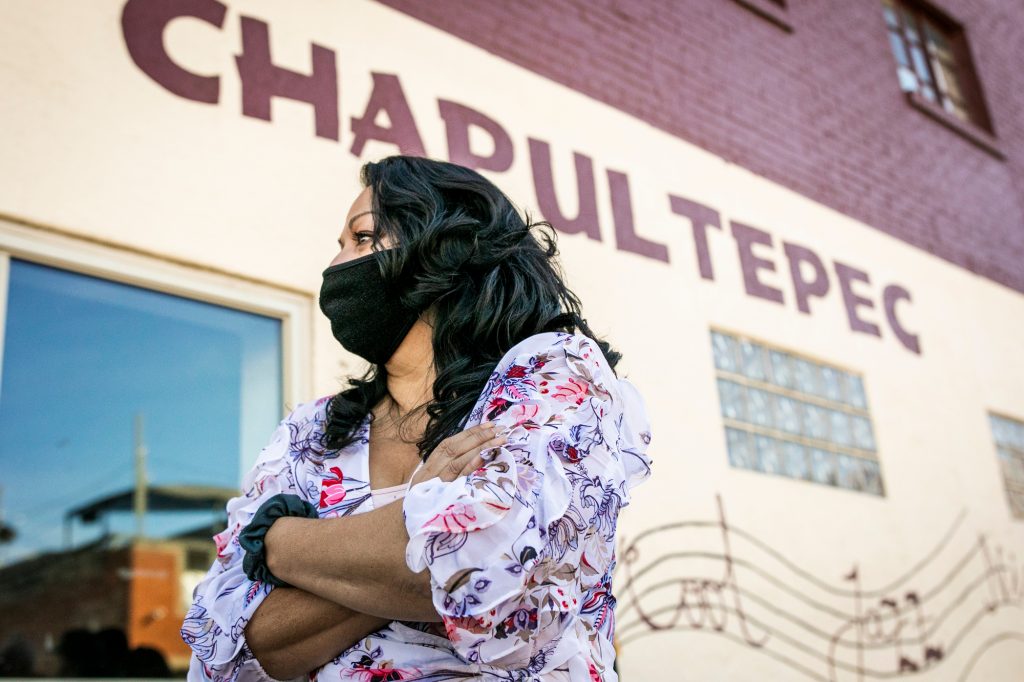
Lauri Helmick owns the Luxe Salon on Wazee Street. In the 1980s, she worked for Dana Crawford, the godmother of downtown’s revitalization.
“I’ve seen LoDo when parking was free, when nobody came down there, when the only restaurant was the Wazee Supper Club,” Helmick said, referring to a classic eatery that closed in 2017.
Helmick opened the Luxe Salon at its current location in the 1990s.
“Literally anybody, including me, could start a business down there because rents were reasonable and parking was still accessible,” she said.
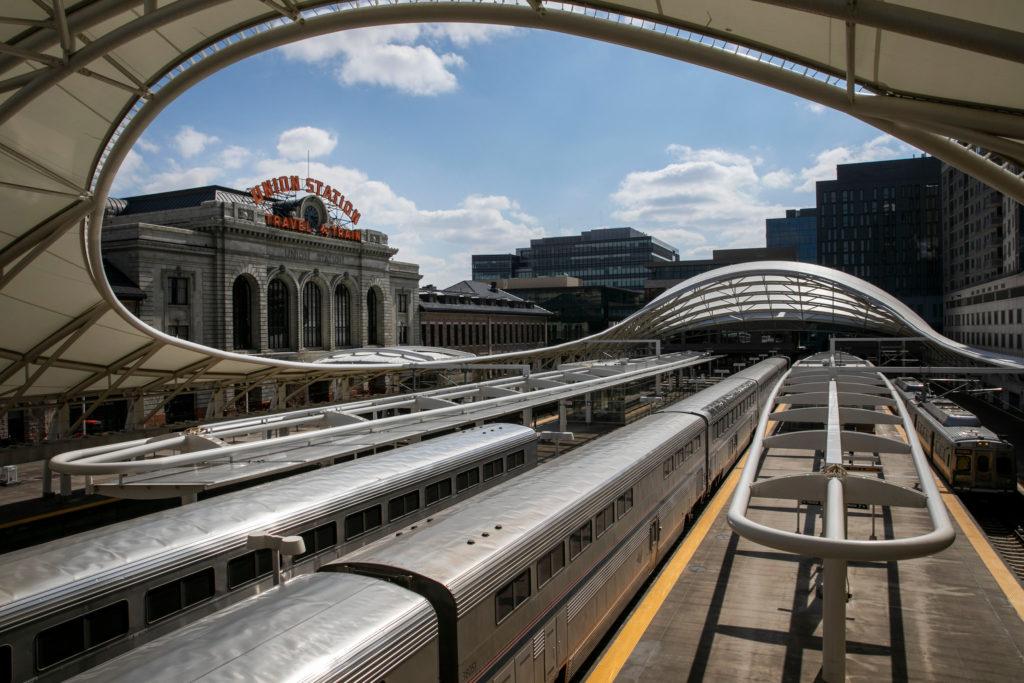
It’s been bittersweet for her watching the neighborhood change over the years. But there’s a lot to be celebrated. Like the renovation of Union Station.
“I walked past that for 20 years … all boarded up, no energy. I still pinch myself when I go to the train to the airport or when I go in to buy something. It really helped to evolve the neighborhood,” Melnick said.
This week, in LoDo, it all comes back to baseball. For Hickenlooper, it often does.
“Coors field is in many ways the anchor that helped create LoDo as we know it today.”
